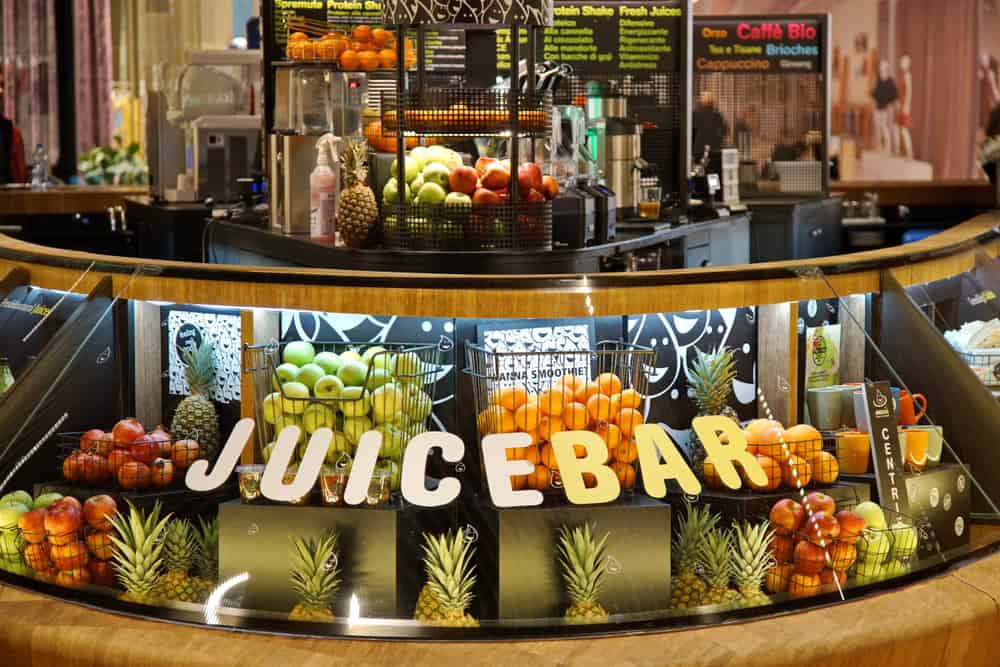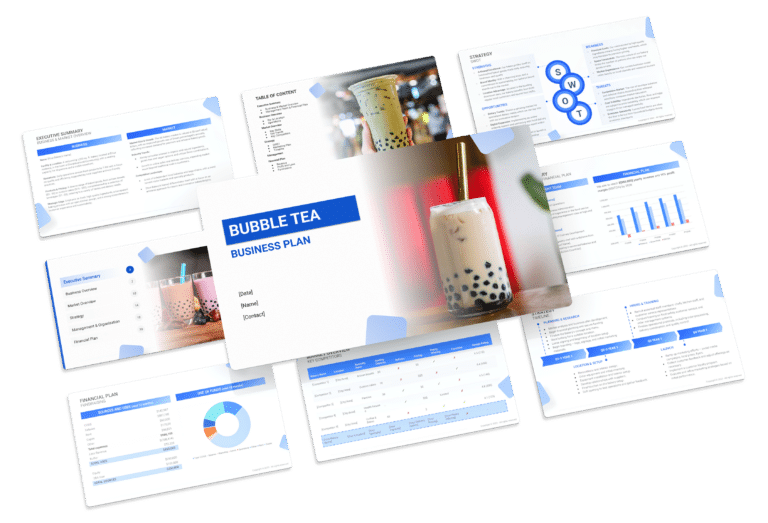How to Prepare a SWOT for a Juice Bar

A pivotal step in developing a robust business plan for a juice bar involves executing a SWOT analysis. SWOT (short for Strengths, Weaknesses, Opportunities, and Threats), serves as a strategic instrument enabling juice bar proprietors to scrutinize both internal and external facets of their enterprise.
This analytical framework facilitates a thorough examination, elucidating the juice bar’s position in the market. Identifying strengths such as a diverse menu, prime location, and skilled staff, in conjunction with recognizing weaknesses like seasonal fluctuations or limited seating, lays the groundwork for effective business planning.
This article will delve into specific instances of strengths and weaknesses, providing juice bar owners with actionable insights to seamlessly incorporate into their overarching business strategies.

Strengths
- Unique and Fresh Menu: Offering a diverse range of fresh and nutritious juice options is a significant strength for your juice bar. Customers appreciate variety and quality when it comes to their beverages.
- Example: Introducing seasonal specials and unique flavor combinations can set your juice bar apart and attract health-conscious customers.
- Healthy Lifestyle Focus: A juice bar inherently promotes a healthy lifestyle, which is a compelling selling point in today’s wellness-conscious society.
- Example: Collaborating with local fitness centers or yoga studios can help you tap into a ready-made customer base.
- Customization: Providing the option for customers to customize their juice orders allows for a personalized experience, increasing customer satisfaction and loyalty.
- Example: Offering add-ons like protein boosts, superfood supplements, and sweeteners can enhance the customization aspect.
- Prime Location: If your juice bar is situated in a high-traffic location, it’s a definite strength, as footfall can significantly impact sales.
- Example: Utilize your prime location for special promotions or partnerships with nearby businesses to increase visibility.
Weaknesses
- Seasonal Variability: Depending heavily on fresh produce means that your juice bar’s menu may be subject to seasonal fluctuations, which can affect consistency.
- Example: Consider diversifying your menu with non-seasonal options or offering frozen fruit alternatives.
- Labor-Intensive Operations: Juice preparation and customer service can be labor-intensive, especially during peak hours, leading to possible service delays and customer dissatisfaction.
- Example: Implement efficient staff training and workflow systems to handle busy periods more effectively.
- Limited Product Shelf Life: Fresh juices have a limited shelf life, which can result in wastage if not managed correctly.
- Example: Implement inventory management systems to reduce wastage and offer discounted “end-of-day” juices to minimize losses.
- Intense Competition: The juice bar industry can be highly competitive, with multiple players vying for the same customer base.
- Example: Focus on differentiating your brand through unique marketing campaigns, loyalty programs, or partnerships.
Opportunities
- Health and Wellness Trends: The growing health and wellness trends create opportunities for your juice bar to expand its product range and offer health-focused meal options.
- Example: Add salads, smoothie bowls, or plant-based snacks to your menu to cater to health-conscious customers.
- Online Ordering and Delivery: Embracing online ordering and delivery services can tap into a broader customer base, especially during times of convenience-driven consumption.
- Example: Partner with popular food delivery platforms or develop your app for online orders and deliveries.
- Catering and Events: Offering catering services for events, corporate meetings, or parties can be a lucrative revenue stream.
- Example: Create a dedicated catering menu and promote your services through local event planners or social media.
- Community Engagement: Building a loyal customer community through events, workshops, or loyalty programs can lead to increased customer retention and advocacy.
- Example: Host weekly wellness workshops or loyalty programs that reward customers with exclusive discounts and perks.
Threats
- Market Saturation: The juice bar industry may become saturated in some areas, making it challenging to stand out and maintain profitability.
- Example: Continuously innovate your menu and marketing strategies to retain a competitive edge.
- Changing Consumer Preferences: Shifts in consumer preferences, such as a sudden interest in new beverage trends, can impact your juice bar’s popularity.
- Example: Stay updated with market trends and be ready to adapt your menu to cater to changing tastes.
- Supply Chain Disruptions: Disruptions in the supply chain, whether due to natural disasters or global events, can lead to ingredient shortages and operational challenges.
- Example: Maintain a contingency plan and diversify your supplier network to mitigate supply chain risks.
- Regulatory Changes: Evolving regulations related to food safety, health, or labeling can necessitate costly adjustments to your juice bar’s operations.
- Example: Stay informed about regulatory changes in the food industry and proactively update your practices to comply with new requirements.





